This article was co-authored by R. Sonia Batra, MD, MSc, MPH. Dr. R. Sonia Batra is a board certified Dermatologist and the Founder of Batra Dermatology based in Los Angeles, California. With over 15 years of experience, Dr. Batra specializes in lasers, medical devices, patient and public medical education, and skin cancer research. She received her Bachelor’s degree, Master’s degree in Public Health, and her Doctor of Medicine (MD) degrees from Harvard University. As a Rhodes Scholar, she earned a Master’s degree in Molecular Genetics at the University of Oxford. She completed her residency training in Dermatology at Stanford University. Dr. Batra has contributed and reviewed for the Journal of Dermatologic Surgery, the Journal of the American Academy of Dermatology, and JAMA Dermatology. She is also a co-host of CBS’ Emmy award-winning television show, The Doctors.
wikiHow marks an article as reader-approved once it receives enough positive feedback. In this case, several readers have written to tell us that this article was helpful to them, earning it our reader-approved status.
This article has been viewed 83,643 times.
Vitamin C is well-known for strengthening the immune system. However, it is also an essential nutrient responsible for the production of collagen. Vitamin C and collagen work to rejuvenate the skin by healing damaged cells, and making the skin firm and supple. You can create your own vitamin C anti-aging cream at home simply and easily, using one of the two methods below.
Steps
Using Vegetable Glycerin
-
1Dissolve vitamin C powder using distilled water. Mix a ½ teaspoon of vitamin C powder with 1 tablespoon (14.8 ml) of distilled water in a small container. Make sure to mix the ingredients together until the powder is completely dissolved, to avoid a grainy mixture.
- Only use distilled water, not just filtered tap water or plain tap water.
- This is because the high oxygen levels in tap water can break down the ingredients faster.
- Note that your water and vitamin C mixture will only be good for 2 weeks when refrigerated, and beyond that time period the serum should be discarded.
-
2Add glycerin to the vitamin C mixture. The function of glycerin is to make the solution smoother and moisturize the skin. Add 2 tablespoons (29.6 ml) of vegetable glycerin to the mixture. If you already included glycerin in the original mixture, you should include less water.
- In this case, the mixture will include 1 teaspoon of distilled water instead of 1 tablespoon (14.8 ml) of distilled water.
- Note that when glycerin is included, the mixture lasts for a month.
Advertisement -
3Pour the serum into an amber apothecary bottle. Now, you are ready to store your vitamin C cream. Place it into the refrigerator to preserve its effectiveness and prevent breakdown.
- Darker bottles are better, because exposing vitamin C to light will decrease its potency and oxidize it quickly, making it less effective.
Using An Almond Oil Base
-
1Create a mixture of vitamin C and distilled water. Mix a ½ teaspoon of vitamin C with 5 teaspoons of distilled water in a glass jar. Mix it well, because vitamin C takes time to dissolve.
- Stir it frequently until it is fully dissolved, without leaving any grainy particles in the mixture.
-
2Add 3 teaspoons of almond oil to the mixture. The benefits of almond oil include protecting the skin from sun damage, rejuvenating and softening the skin, and reducing scarring, inflammation, and skin irritation.
- Almond oil is rich in vitamin A, B, and E which are great for skin health.
-
3Add a ½ teaspoon of olive oil to the mixture. Olive oil is rich in vitamin E, which helps moisturize the skin and fights against free radicals and skin irritations.
-
4Add 3 drops of geranium essential oil. Geranium oil can reduce the appearance of scarring, improve blood circulation to the skin, tone up skin, and cause new cells to regenerate. Geranium comes from a plant named Pelargonium, which is often used to treat many skin problems.
- Geranium oil is classified as antiseptic, astringent, tonic, and anti-infectious.
-
5Add 3 drops of lavender essential oil. Lavender oil soothes the skin very well and helps reduce fine lines and wrinkles on the face.
- Lavender contains phytochemicals, linalool, and linalyl acetate that improve overall skin health.
-
6Add 2 tablespoons of beeswax. Beeswax offers anti-inflammatory, antibacterial and antiviral benefits. Creams, lotions or soaps containing beeswax can greatly improve dry, rough skin.
- This can reduce the effects skin aging, especially wrinkles.
-
7Add a 1/4 teaspoon of vitamin E oil. Vitamin E is an important antioxidant because it protects cell membranes and prevents damages to the enzymes associated with them. Vitamin E helps inactivate free radicals, making them less likely to cause damage and reducing skin aging.
- Applying vitamin E to the skin can reduce the damage caused by sun exposure and limit the production of cancer-causing cells.
-
8Add 1 tablespoon of shea butter. Shea butter is also known as an all-natural vitamin A cream. It is known to be a superb moisturizer, and good at combating dry skin. Because of its anti-inflammatory and moisturizing properties, shea butter is lauded as an anti-aging cream.
- The chief causes of aging are inflammation and sun damage.
- Therefore, the damage reversal properties of vitamin A may be beneficial for wrinkle reduction and collagen renewal.
-
9Mix all the oils into the mixture and simmer. Place the glass jar into a pot filled with 3–4 inches (7.6–10.2 cm) of water and simmer the mixture. Mix together all the ingredients thoroughly to create a smooth and easy to apply mixture.
- Let the jar sit without its lid until the ingredients have melted.
- Stir occasionally.
- Once the mixture has melted and it is evenly combined, pour it into a small glass jar.
- Let it sit at room temperature until the cream solidifies.
-
10Transfer your cream to an apothecary bottle or keep it in the jar for storage. After the cream has solidified, transfer it into an apothecary bottle or keep it in its jar. Then, keep it refrigerated.
- The vitamin C cream will only last for 2 weeks.
-
11Apply the vitamin C cream to see effects. After you finish creating your cream, apply a small amount to your skin to test it, because some people are very sensitive to ascorbic acid (Vitamin C).
Community Q&A
-
QuestionDo you know a good home remedy for getting rid of dark circles under my eyes?
 Community AnswerYou may just have them as part of your genetics, but try a mixture of avocado and lemon juice. Apply it very sparsely and gently under your eyes. This can reduce the swelling and the color. Be careful not to get it IN your eyes. Lemon stings! You can also try a mixture of oatmeal and egg white applied every three or four days. Let it dry before you take your morning shower, then let the warm water rinse it off. Don't scrub! Just gently rinse. You don't want to scratch the already dark area. This just infuses them with blood.
Community AnswerYou may just have them as part of your genetics, but try a mixture of avocado and lemon juice. Apply it very sparsely and gently under your eyes. This can reduce the swelling and the color. Be careful not to get it IN your eyes. Lemon stings! You can also try a mixture of oatmeal and egg white applied every three or four days. Let it dry before you take your morning shower, then let the warm water rinse it off. Don't scrub! Just gently rinse. You don't want to scratch the already dark area. This just infuses them with blood. -
QuestionCan I use ascorbic acid tabs instead?
 Community AnswerNot really, using acid on your skin can really damage it. It may not be right away, but it would damage over time.
Community AnswerNot really, using acid on your skin can really damage it. It may not be right away, but it would damage over time. -
QuestionDoesn't the base have to be acidic to allow the vitamin c to penetrate the skin?
 Community AnswerI use the vitamin powder and mix it with water or plain cleanser from the pharmacy. It tingles on the skin and leaves it very smooth and exfoliated. I can't say whether the vitamin c is going into the skin, but it sure feels like it is.
Community AnswerI use the vitamin powder and mix it with water or plain cleanser from the pharmacy. It tingles on the skin and leaves it very smooth and exfoliated. I can't say whether the vitamin c is going into the skin, but it sure feels like it is.
Warnings
- The stronger solution of Vitamin C can sting a little if you are not used to it, but it won’t do any damage. That’s the Vitamin C working on your skin. Just smooth it over with a moisturizing lotion.⧼thumbs_response⧽
- If you use a buffered form of vitamin C, it will turn your pillows and bedsheets orange. It’s best to use a plastic spoon to avoid a potential reaction with any metal.⧼thumbs_response⧽
Things You'll Need
For Method 1:
- ½ teaspoon L-ascorbic acid (Vitamin C)
- 1 tablespoon of distilled water
- 2 tablespoons of vegetable glycerin (optional)
- 2 oz. or 4 oz. amber apothecary bottle or any dark colored bottle
For Method 2:
- ½ teaspoon L-ascorbic acid (Vitamin C)
- 5 teaspoons of distilled water
- 3 teaspoons of almond oil
- ½ teaspoon of olive oil
- 3 drops geranium essential oil
- 3 drops lavender essential oil
- 2 oz. amber apothecary bottle or any dark colored bottle
- 2 tablespoons beeswax
- ½ teaspoon vitamin E oil
- 1 tablespoon shea butter
References
- Ferrell,V., Archbold,E.E., & Cherne,H.M.(2004). Natural Remedies Encyclopedia (4th Edition).
- Shyrock,H.(1990). Modern Medical Guide (Revised Edition).
- Wijenayake,I. (2005) Livelihood Made Easy: A Compilation.
- http://www.webmd.com/beauty/aging/myth-vs-reality-on-anti-aging-vitamins


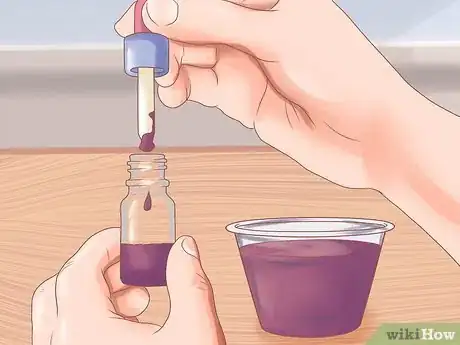
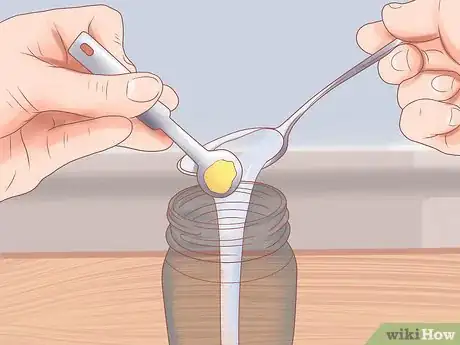
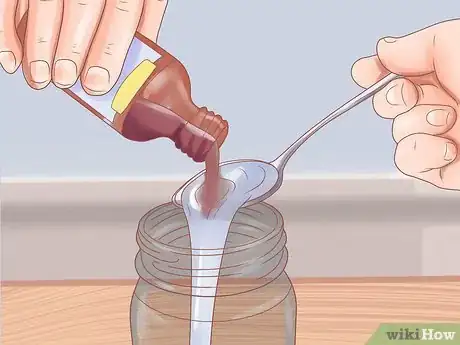

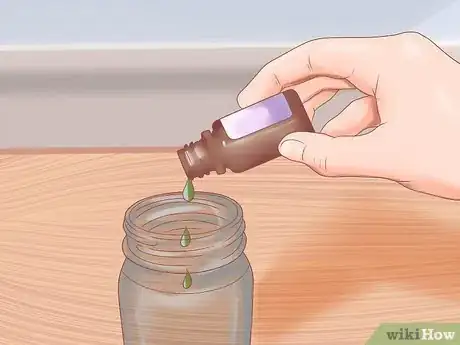
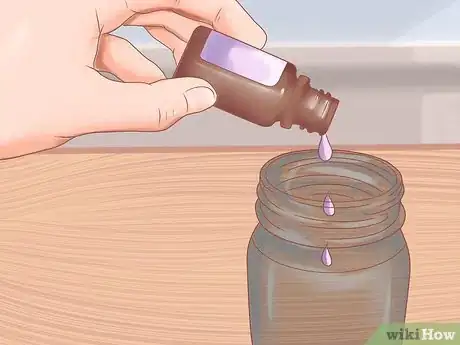
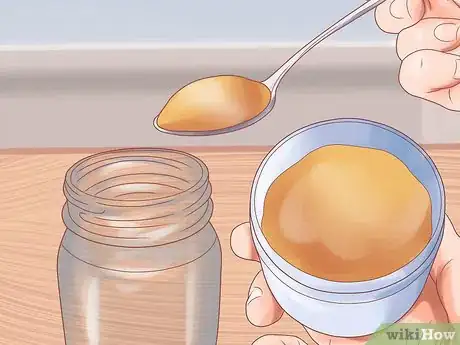
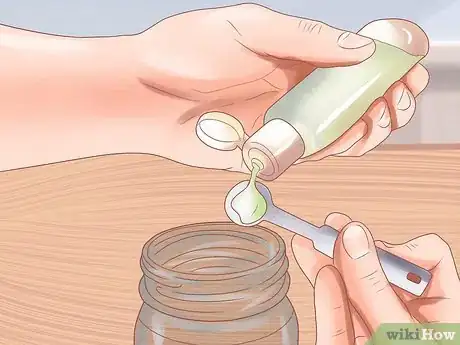
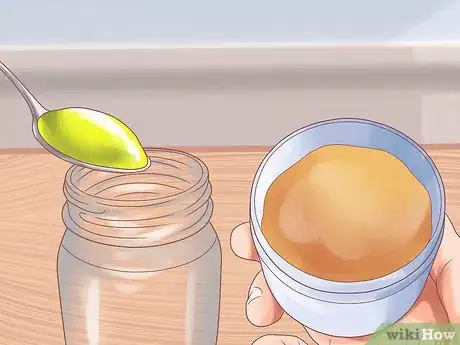
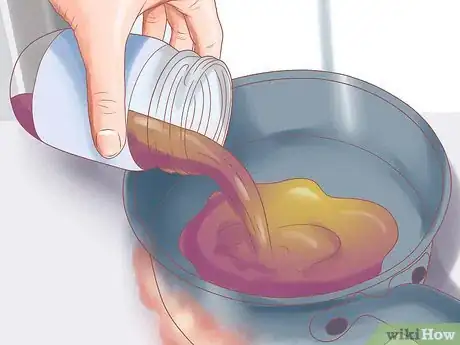
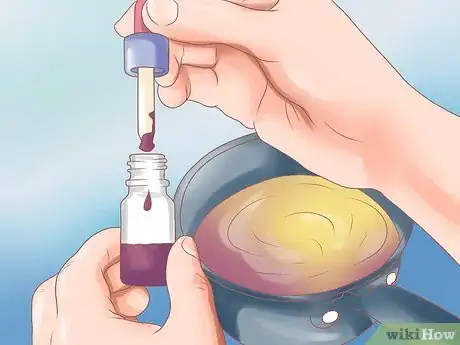

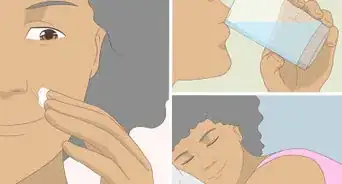


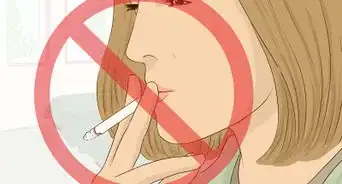

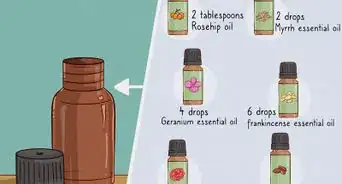



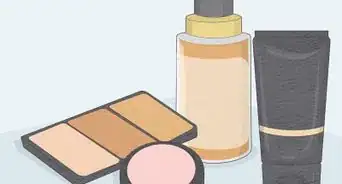

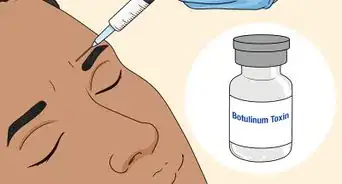













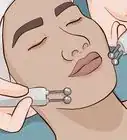




































Medical Disclaimer
The content of this article is not intended to be a substitute for professional medical advice, examination, diagnosis, or treatment. You should always contact your doctor or other qualified healthcare professional before starting, changing, or stopping any kind of health treatment.
Read More...